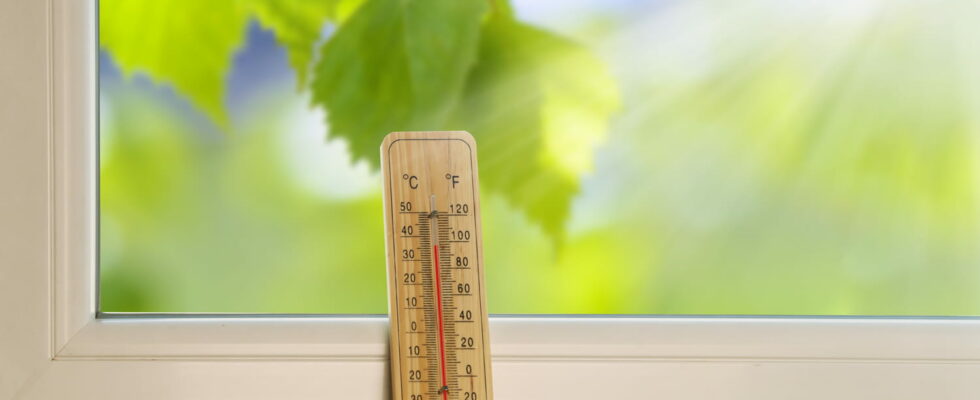When it’s hot outside, we prefer not to have summer temperatures inside. Everyone has their own little trick, but do you know the 55% rule?
When the temperatures rise in the summer, many of us are looking to keep our homes cool and comfortable. Opening the window to let the air in is one solution. It sounds easy, but good ventilation is not always that simple. If you want to have fresh air in your apartment or house when it’s hot, there are a few things to keep in mind when it comes to ventilation. Not only will you avoid stuffy and overheated rooms, but you can also prevent mold from forming.
A little-known but crucial rule might help you better manage the heat : the 55% rule. This rule concerns the relative humidity level inside your home. An often overlooked but essential factor in creating a comfortable environment during hot weather.

Why is it so important? Relative humidity is a key factor in thermal comfort. When it’s too high, the air becomes heavy, which slows down the evaporation of sweat and makes the heat much harder to bear. Below this threshold, the air is dry enough to allow sweat to evaporate efficiently, which helps your body regulate its temperature and keeps you feeling cooler. That’s why it’s crucial to keep this humidity below 55-60% during periods of high heat. If you use an air conditioner or dehumidifier, be sure to set your units to achieve this goal.
To control the relative humidity in your home, it is essential to equip yourself with a hygrometer, a simple device that measures the humidity level in the air. Once you know this level, you can adjust your cooling strategies accordingly. For example, if the humidity exceeds 55 or 60%, remember to ventilate your home well. When it is hot, do this in the morning and evening, for 20 minutes, when the outside temperatures have dropped. Using a dehumidifier can also help maintain a comfortable humidity level.
Too much humidity in your home can cause mold to appear. It’s not very aesthetic, but above all it can have health implications. It promotes the proliferation of mold and dust mites, which are common triggers of allergies and respiratory problems. In addition, an environment that is too humid can worsen asthma symptoms and make respiratory infections more likely.
